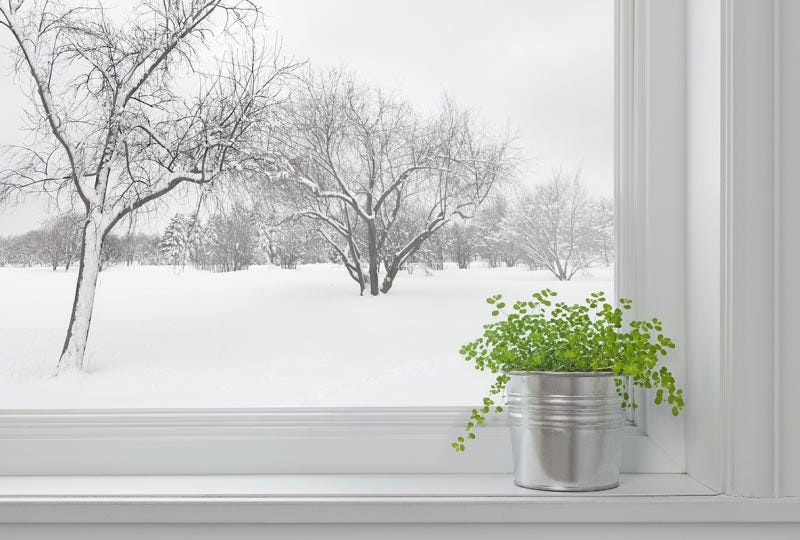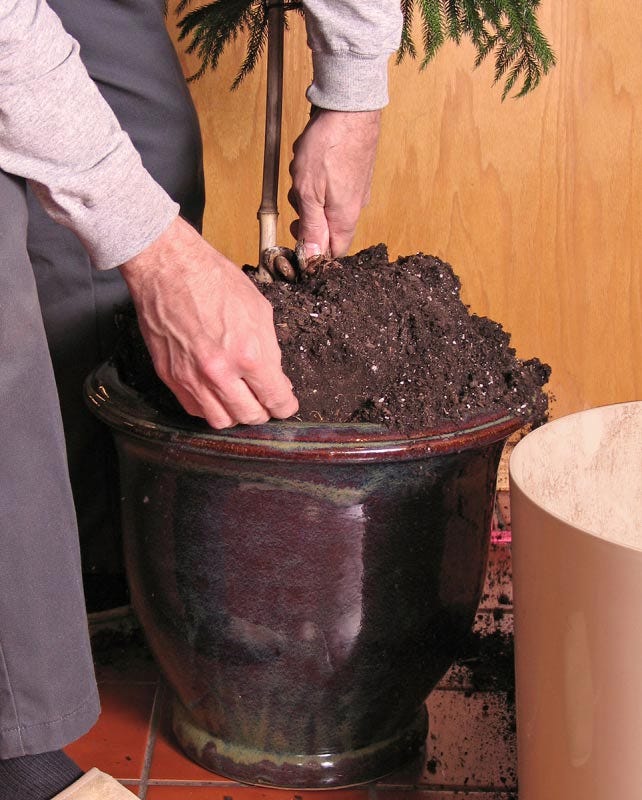
It’s the middle of winter and the houseplant that thrived so well during the spring, summer and fall looks as if it’s near death’s door. What can you do to revive a suffering houseplant? Safer® Brand has a few ideas.
Get to Know Your Houseplant
Before you take any emergency action, there are a few things to understand about plants which may be the real cause of their apparent decline. Among them:
- Your plant may be seasonal. Some plants don’t grow through every season. Instead, they take cues from the position of the sun, temperature changes and duration of available light to modify their growth process so they can return to full strength when conditions improve (you know – spring weather).
- Your plant may be an annual. Some plants simply do not have a long lifespan. They grow for about a year, drop seeds and then croak. There may be nothing you can do to stop this process.
- Your plant may be under attack. Insects, including aphids, fungus gnats, spider mites, scale and mealybugs, may be waging a secret war on your plant that you didn’t even notice. If you diagnose any of these invaders, Safer® Brand has several ways it can help, including neem oil, insecticidal soap and pyrethrin

Drafty windows may expose your houseplants to unfamiliar temperatures, which can stunt growth or damage its foliage.
Possible Houseplant Problems
Once you’ve either eliminated the possibility of those non-emergency issues, there are still other houseplant problems you could be facing.
- Not Enough Light – Maximize the natural light your plant is getting by setting it near a southwest-facing window, which should get the most sun throughout the day. Another option is to place it under or near a skylight.
- Too Much Dust – Dirt, grime and dust can choke a plant, which essentially breathes through its leaves. Take a damp cloth and wipe down its leaves. Do so carefully, because any rough treatment can cause the already-stressed leaves to pop off. Treat your houseplant’s leaves gently during the winter!
- Too Cold – Sometimes sitting near the window can expose a plant to chilly temperatures, which can slow down growth or kill it. If you placed your favorite ficus in the window to maximize light exposure, you may need to pull it back a few feet to keep it from the chilly draft.

Avoid repotting a houseplant until it's about to begin fresh, new growth -- usually in the Spring.
- Too Much Water – Throughout the winter, many plants will only need a little water or, in some cases, no water at all. Check the individual species to gauge its winter water needs. Overwatering can trigger root rot and promote disease. In general, though, occasional watering is all you may need during the winter months.
- Too Little Water – Your home can be a very dry place, so your plant may actually crave more water than you think it needs. This is especially true if you’re running an air-exchange furnace or wood stove, both of which can cut humidity levels and dry out soil. All that being said, about 95 percent of common houseplants expect fairly dry soil during the winter.
- Too Much Growth – Your plant may look terrible while still experiencing a decent amount of growth. This condition, called leggyness, may result in branches falling over and a spindly appearance. Normally this is caused by too little light and too much nitrogen.
- Fertilizer – If your houseplant is slowing down its growth or showing stress it may be the result of it expending all of its available fertilizer. Don’t repot your plant, but you can try adding soil and diluted liquid fertilizer to flush nutrients back into the soil. Because the winter isn’t usually a time of growth, know that just a little fertilizer will go a long way.
- Repotting Problems – Moving your plant to a pot that better suits its size can be a huge help, but it’s best to only do this during the growth season. It’s during that time when a plant’s biological clock is screaming to grow. In the winter, your plant is essentially resting. If you do plan to repot, wait until the waning weeks of winter, prune roots carefully and separate them as needed. Increase the size of the pot by only about two inches – any larger and your plant may drown in excess moisture.
Your Houseplant Experience
How is your favorite houseplant doing this year? Take a picture and tell us about it the next time you visit Safer® Brand on Facebook. You can also get links to helpful articles by subscribing to the Safer® Brand E-Newsletter, which also includes product announcements and tips for plant care. If you have any questions about our products, reach out to Safer® Brand’s dedicated consumer care team at 1-855-7-ORGANIC.



